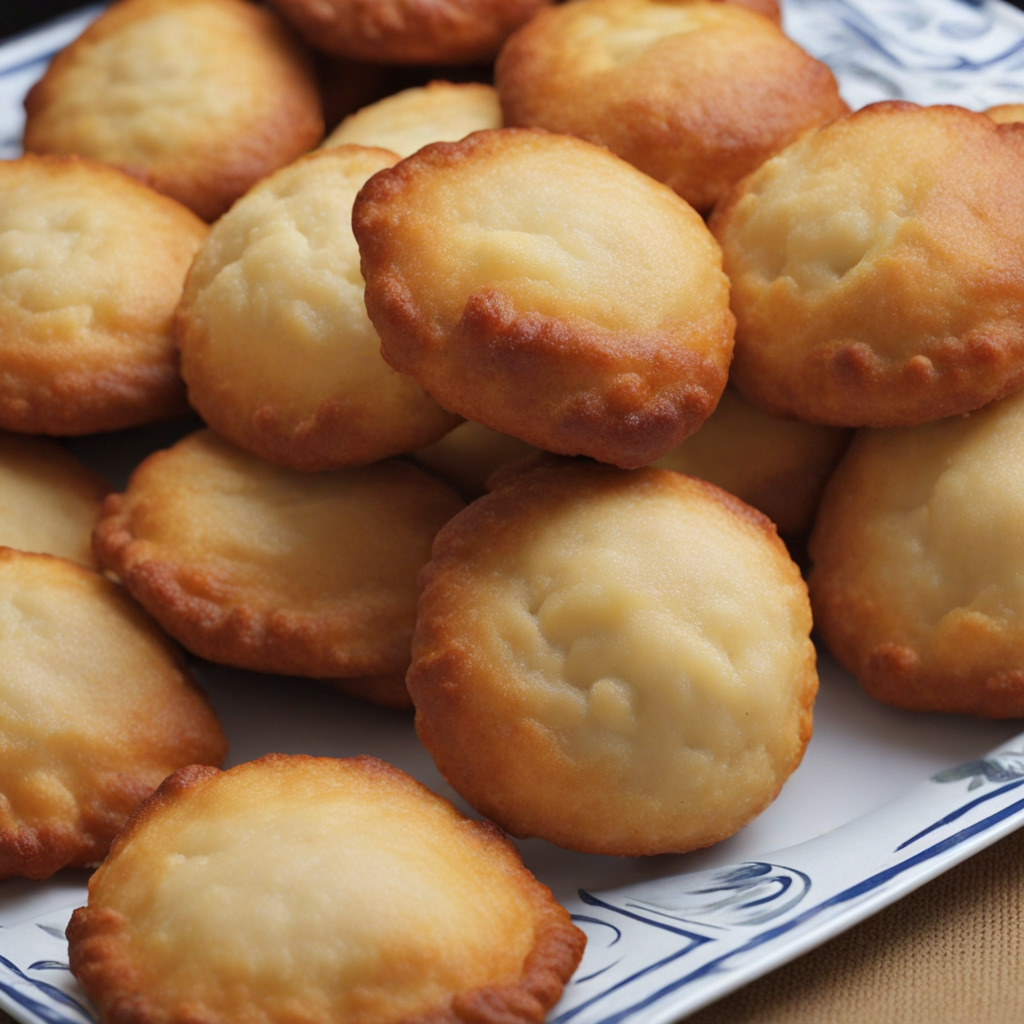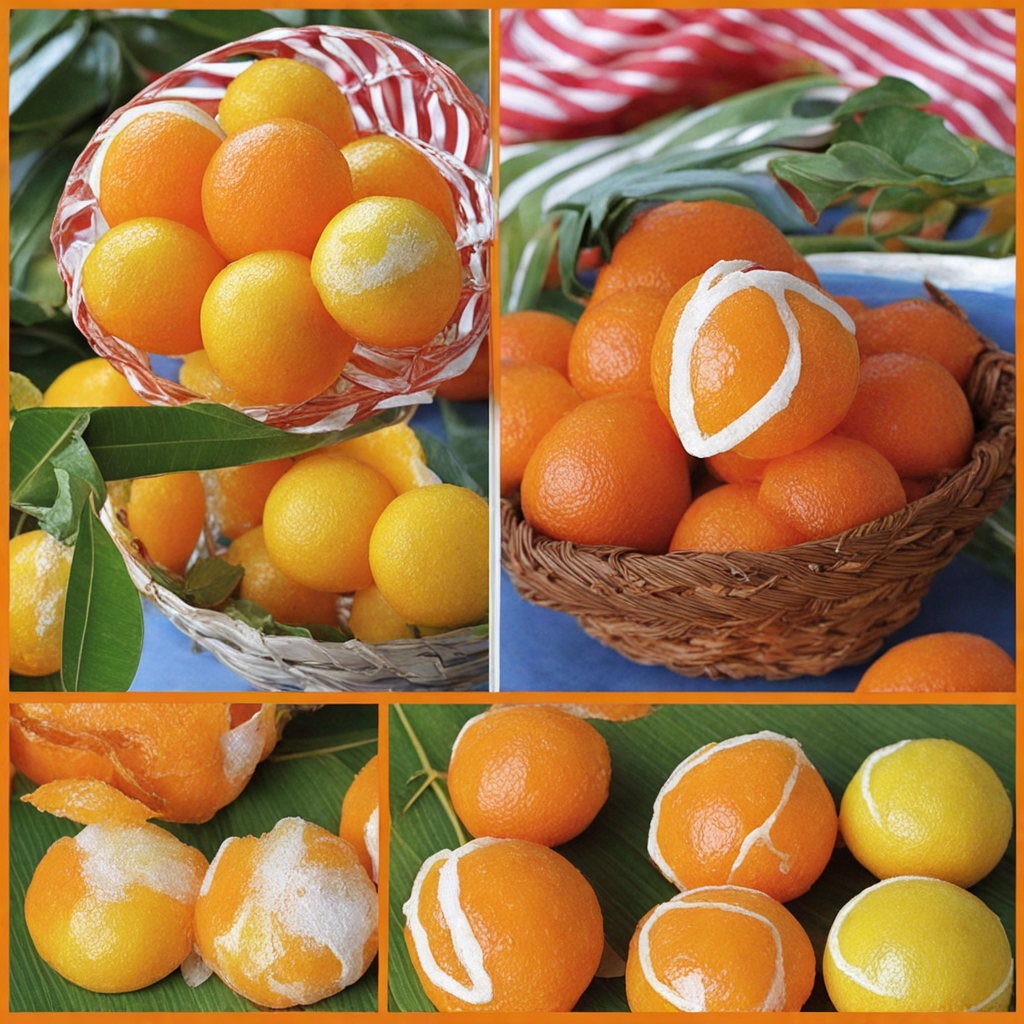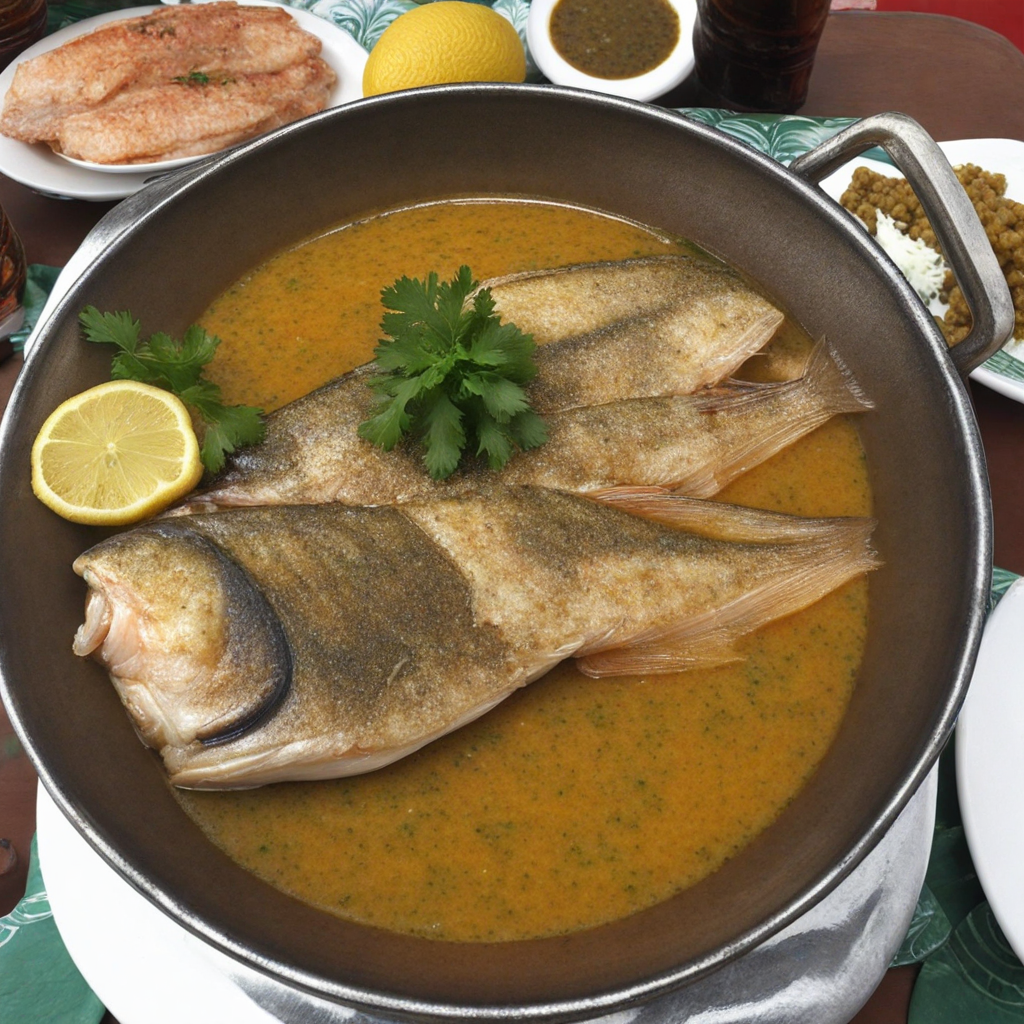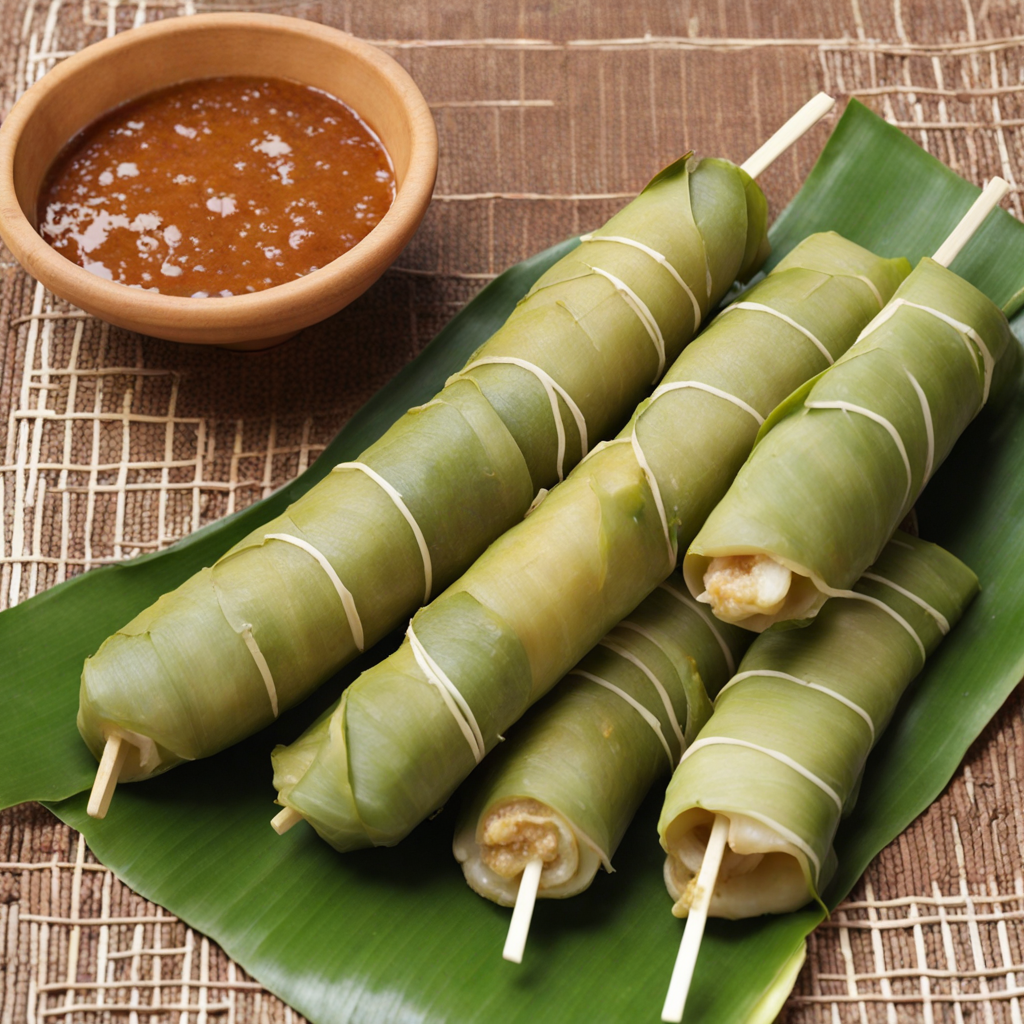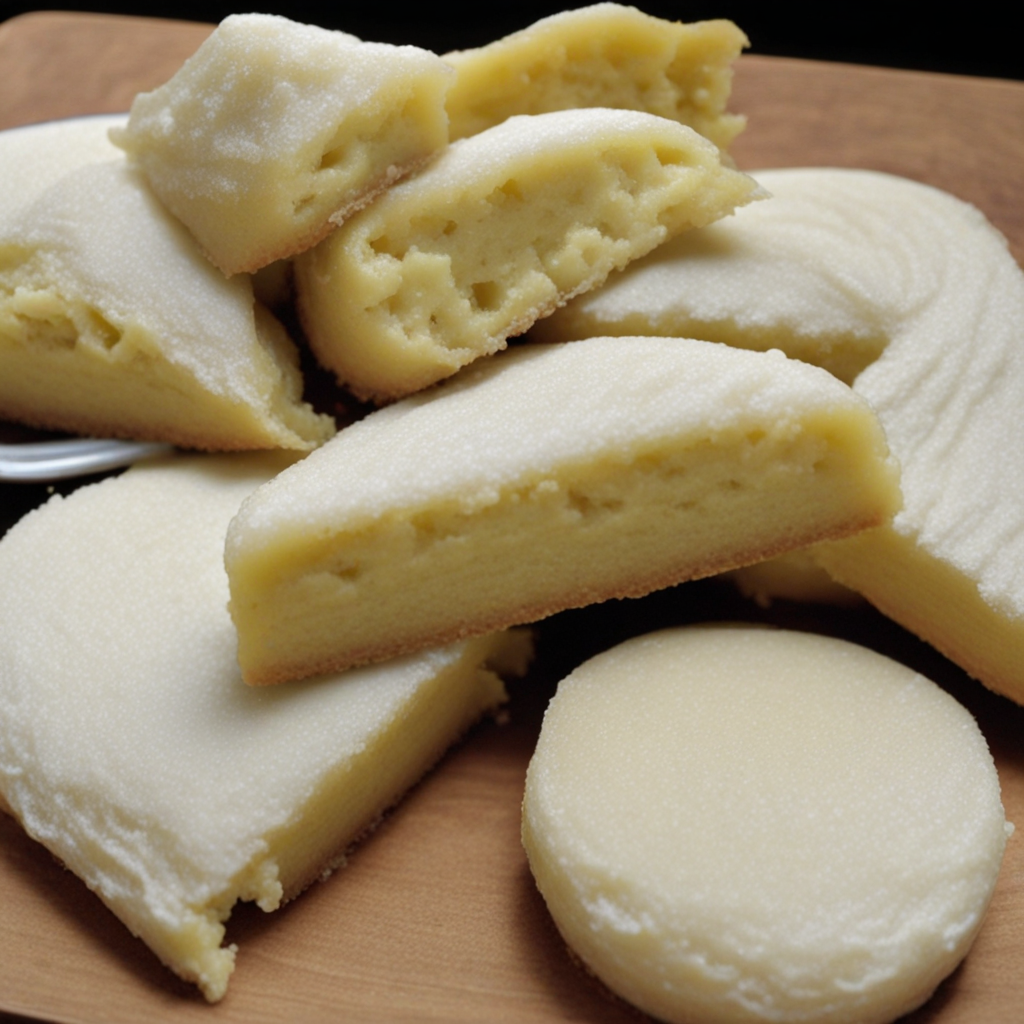Chipa Mbocahái
Chipa Mbocahái is a delightful traditional dish from Paraguay that showcases the country's rich culinary heritage. This savory snack is a unique variation of the well-known chipa, which is a type of cheese bread made primarily from cassava flour, cheese, and eggs. What sets Chipa Mbocahái apart is its distinctive preparation method and the inclusion of a more substantial filling, often featuring a blend of creamy cheese and sometimes even a touch of milk or cream, resulting in a soft and moist texture. The dough is shaped into small, round balls and baked until golden brown, creating a crispy exterior that gives way to a melt-in-your-mouth interior. The flavor profile of Chipa Mbocahái is truly remarkable, as it beautifully balances the nutty taste of cassava flour with the rich, salty notes of cheese. The use of fresh, locally sourced ingredients elevates this dish, making each bite a celebration of Paraguayan flavors. Depending on the recipe, you may also encounter hints of herbs or spices that add depth and complexity, creating a delightful interplay of tastes. Whether enjoyed as a snack, an appetizer, or a side dish, Chipa Mbocahái is versatile and can be paired with a variety of dips or enjoyed on its own. For those eager to explore Paraguayan cuisine, Chipa Mbocahái is an excellent starting point. The communal aspect of its preparation makes it a perfect dish for gatherings, where family and friends come together to enjoy this beloved treat. As you bite into the warm, cheesy morsel, you'll find yourself transported to the heart of Paraguay, where every flavor tells a story of tradition, culture, and the joy of sharing good food. This dish is not just a snack; it's an experience that invites you to savor the essence of Paraguayan culinary artistry.
How It Became This Dish
Chipa Mbocahái: A Culinary Gem of Paraguay Chipa Mbocahái is more than just a traditional Paraguayan snack; it is a testament to the rich cultural tapestry of Paraguay's history and its indigenous roots. This delicious corn-based treat, often likened to a cheesy bread or savory pastry, encapsulates the spirit of the Paraguayan people and their culinary heritage. In this exploration of Chipa Mbocahái, we will delve into its origins, cultural significance, and evolution over time. #### Origins of Chipa Mbocahái The roots of Chipa Mbocahái can be traced back to the Guarani people, the indigenous inhabitants of Paraguay and parts of Brazil and Argentina. The word "chipa" itself is derived from the Guarani language, where it means "to bake" or "to cook." Traditionally, chipas were made using maize, which holds a sacred place in the hearts and diets of the Guarani people, reflecting their agrarian lifestyle. The introduction of cassava flour, or "yuca," into the recipe signifies the blending of indigenous practices with European influences post-colonization. The process of making Chipa Mbocahái is simple yet requires skill and tradition. The primary ingredients include cornmeal, cheese (often a local variety like Paraguay's fresh cheese known as "queso Paraguay"), eggs, milk, and sometimes butter. The dough is shaped into small, round forms before being baked to achieve a golden-brown exterior with a chewy, cheesy interior. The inclusion of cheese is a relatively modern adaptation, which reflects the culinary evolution that began with the Spanish colonization in the 16th century, introducing dairy products into the local diet. #### Cultural Significance Chipa Mbocahái is not merely a snack; it is a staple of Paraguayan culture and a symbol of national identity. Often enjoyed during breakfast or as a mid-afternoon treat, it is a popular food during the rainy season, when families gather to share stories and warmth. The dish is also a common accompaniment to tereré, a traditional Paraguayan drink made from yerba mate and cold water, further highlighting its role in social gatherings. In Paraguayan folklore, Chipa Mbocahái has a mystical quality. It is believed to bring good luck and is often served during festive occasions, family celebrations, and religious events. The preparation of Chipa Mbocahái can be a communal activity, where family members come together to knead the dough and shape the pastries, reinforcing family bonds and cultural traditions. Moreover, Chipa Mbocahái is deeply intertwined with the idea of home and comfort. Its aroma wafting through a household evokes memories of childhood and familial love, making it an essential part of culinary heritage. The dish serves as a reminder of Paraguay's indigenous roots and the enduring connections that bind its people to their land and history. #### Development Over Time As Paraguay progressed through the centuries, so did the recipe for Chipa Mbocahái. The 20th century saw increased urbanization and globalization, leading to changes in food preparation and consumption patterns. While the traditional methods of making Chipa Mbocahái remain cherished, modern variations have emerged, adapting to contemporary tastes and lifestyles. With the rise of convenience culture, pre-made Chipa Mbocahái mixes became available in supermarkets, allowing people to recreate this beloved dish at home with ease. This adaptation speaks to the balancing act between maintaining tradition and embracing modernity. Despite the convenience of pre-packaged mixes, many Paraguayans continue to value the homemade version, which is often perceived as superior in taste and quality. The global culinary scene has also taken notice of Chipa Mbocahái. As chefs and food enthusiasts explore South American cuisines, this traditional snack has gained traction in international food circles. It is often featured in festivals celebrating Latin American culture, helping to introduce the flavors of Paraguay to a broader audience. This global curiosity has sparked a resurgence of interest in indigenous ingredients and traditional cooking methods, further revitalizing the dish. In recent years, there has been a growing movement among Paraguayan chefs to innovate while honoring tradition. Some have experimented with alternative ingredients, such as gluten-free flours or incorporating different types of cheese, to cater to diverse dietary preferences without losing the essence of Chipa Mbocahái. This evolution reflects a broader trend in the culinary world, where chefs seek to reinterpret traditional dishes while respecting their historical context. #### Conclusion Chipa Mbocahái is a delicious embodiment of Paraguay's rich cultural heritage, representing the resilience and adaptability of its people. From its indigenous roots to its place in modern Paraguayan cuisine, this traditional snack serves as a bridge between generations and a celebration of community. As Paraguay continues to evolve, so too will Chipa Mbocahái, remaining a cherished symbol of national identity and a flavorful reminder of the past. Whether enjoyed at home during a family gathering or shared at a festive celebration, Chipa Mbocahái continues to nourish not only the body but also the spirit of the people of Paraguay. In a world that is constantly changing, this dish remains a beloved constant, a delicious piece of history that connects the present with the past, ensuring that the legacy of the Guarani and their culinary traditions lives on.
You may like
Discover local flavors from Paraguay


